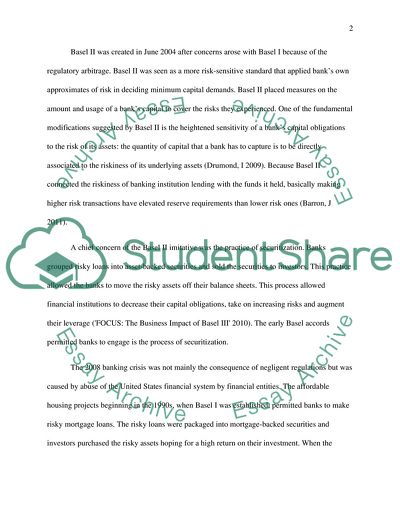Cite this document
(Basel III Research Paper Example | Topics and Well Written Essays - 2250 words - 1, n.d.)
Basel III Research Paper Example | Topics and Well Written Essays - 2250 words - 1. https://studentshare.org/finance-accounting/1751017-basel-iii
Basel III Research Paper Example | Topics and Well Written Essays - 2250 words - 1. https://studentshare.org/finance-accounting/1751017-basel-iii
(Basel III Research Paper Example | Topics and Well Written Essays - 2250 Words - 1)
Basel III Research Paper Example | Topics and Well Written Essays - 2250 Words - 1. https://studentshare.org/finance-accounting/1751017-basel-iii.
Basel III Research Paper Example | Topics and Well Written Essays - 2250 Words - 1. https://studentshare.org/finance-accounting/1751017-basel-iii.
“Basel III Research Paper Example | Topics and Well Written Essays - 2250 Words - 1”. https://studentshare.org/finance-accounting/1751017-basel-iii.


